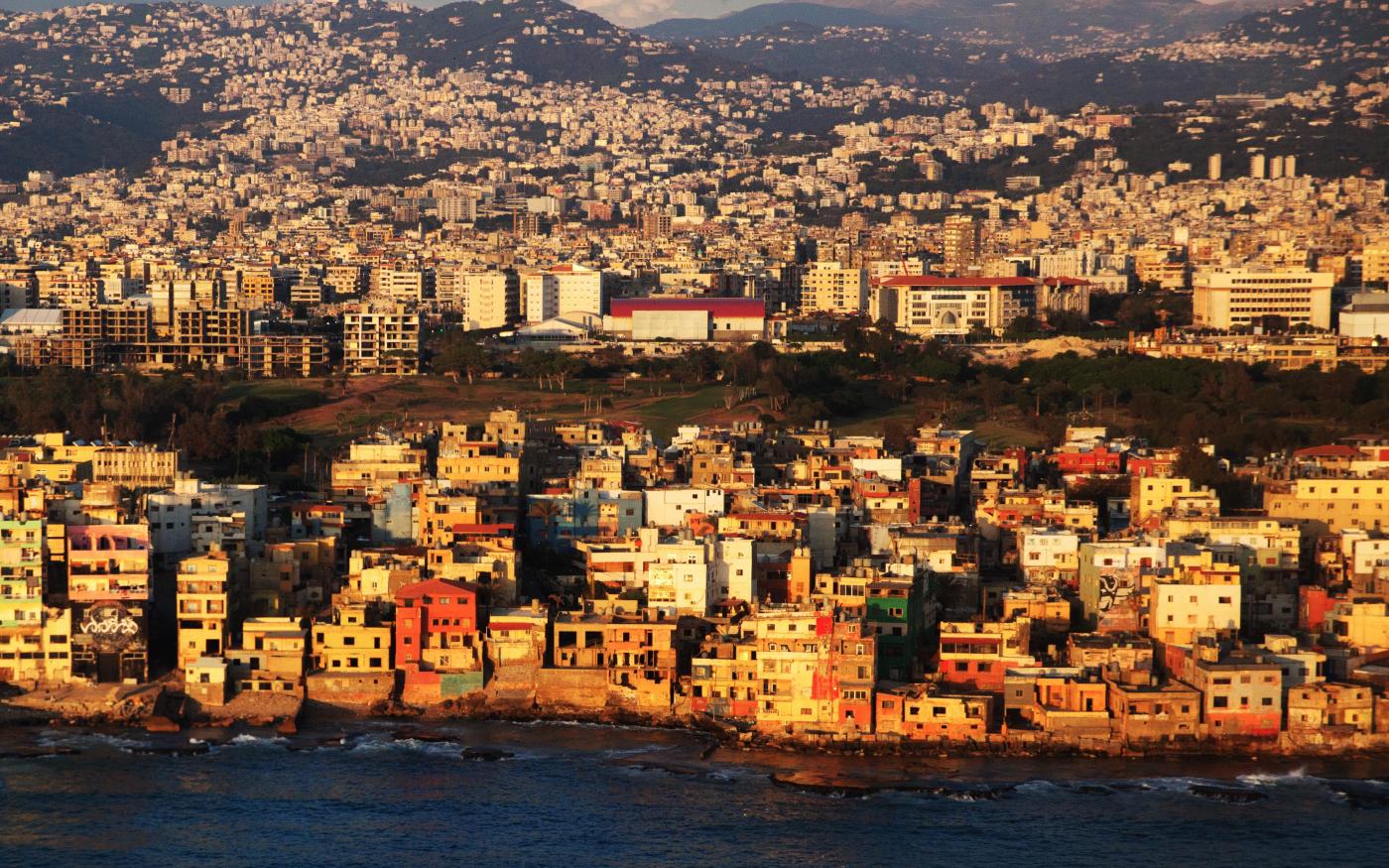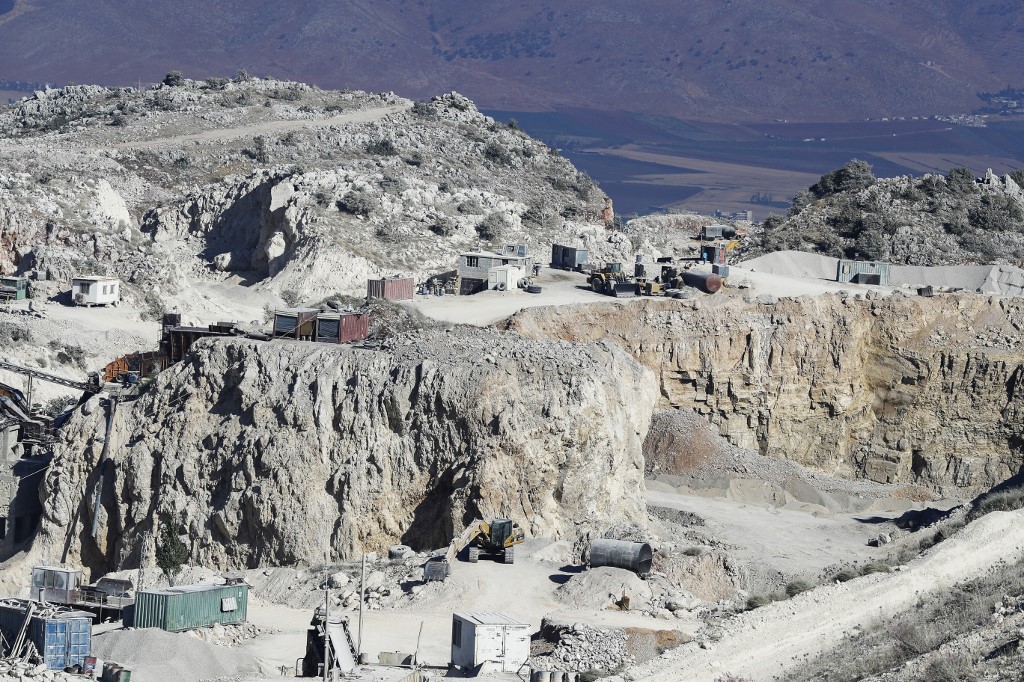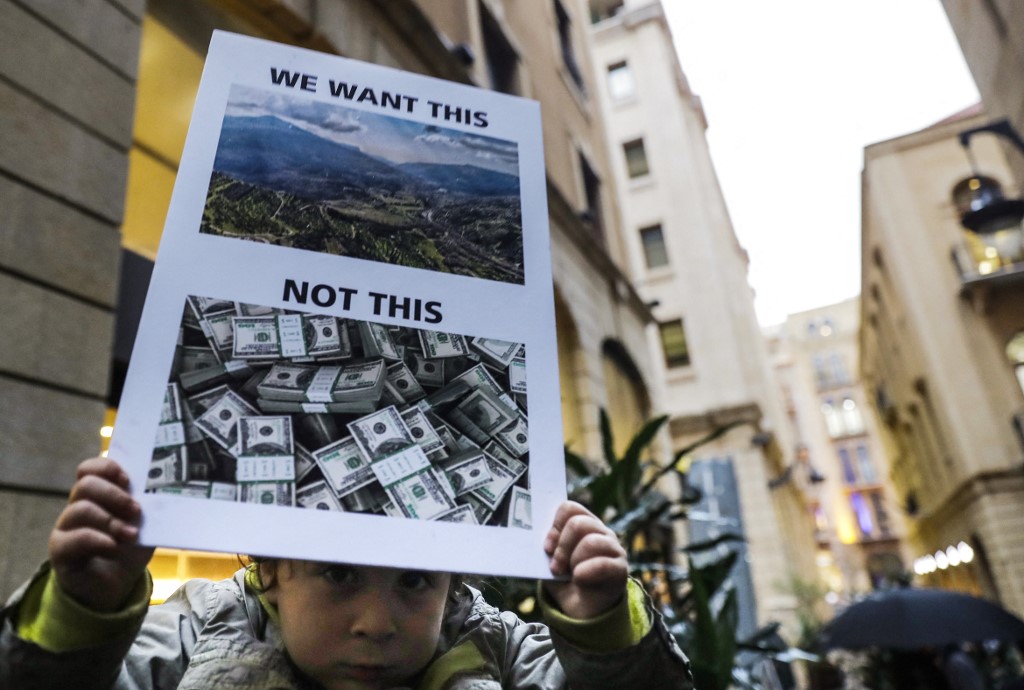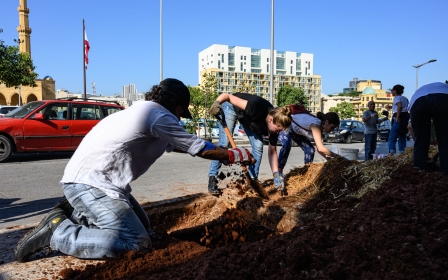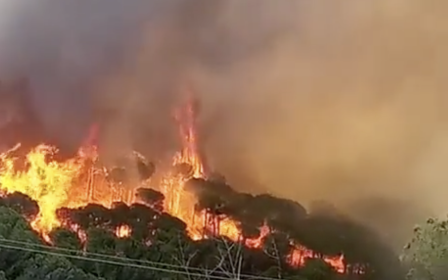Lebanon's natural heritage threatened by rampant development
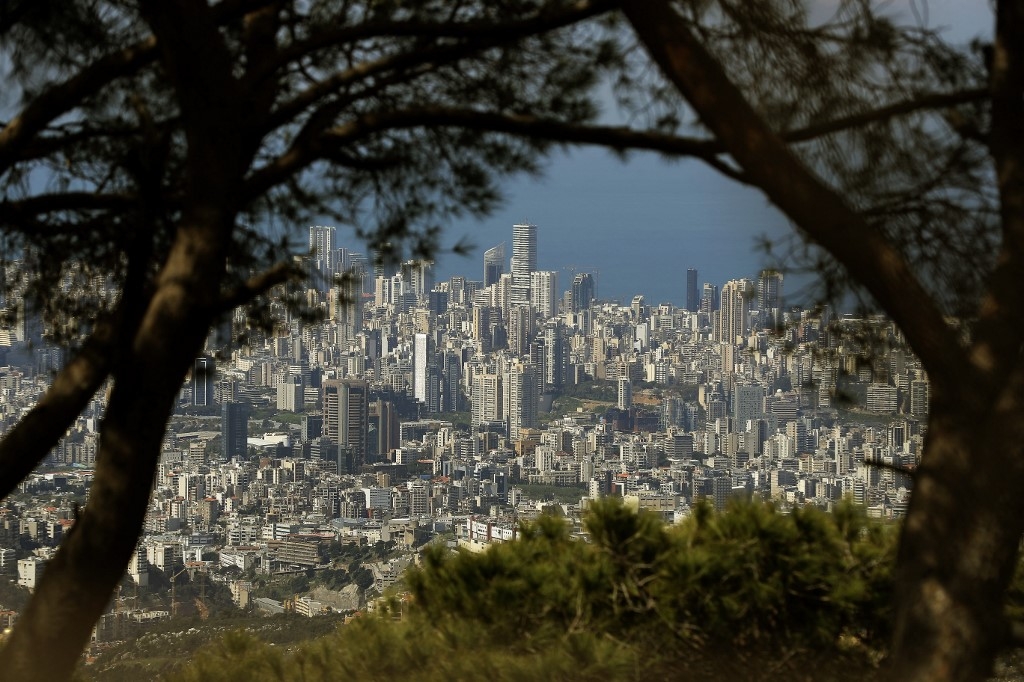
The lack of state regulation of growing urbanisation in Lebanon has led to an anarchic expansion and degradation of the country's natural heritage at a time of chronic political and economic unrest.
Lebanon is one of the most urbanised countries in the world: 88.76 percent of its population is living in or near existing built-up areas, according to a UN report.
The report, published in 2021 by the United Nations Human Settlements Programme (UN-Habitat), attributes the problem partly to the fact that the Lebanese state has had a "laissez-faire" policy when it comes to development, but it also highlights a number of other factors that aggravate the situation.
'The drastic changes are occurring in Lebanon at a hellish pace and mean that the laws are always overtaken by the facts and the reality on the ground,'
- Zyad Akl, architect
These include limited local planning regulations and the absence of urban policies, the formation of informal, slum-like, areas on the outskirts of cities, the illicit use of public properties, alongside the progressive loss of green spaces, natural resources, and biodiversity.
The phenomenon is not new. As early as the 1950s, there was already an increase in illegal construction due to urban pressure, the influx of mainly internal refugees, and an unstable political context.
New MEE newsletter: Jerusalem Dispatch
Sign up to get the latest insights and analysis on Israel-Palestine, alongside Turkey Unpacked and other MEE newsletters
The irregular district of Ghobeiry in the southern suburbs of Beirut bears particular witness to this phenomenon.
After the crisis of 1958, which was caused by political and religious tensions, the district suffered its first wave of public land occupation.
The Lebanese civil war (1975-1990) exacerbated the problem under the command of the municipality led by the Shiite Amal movement, in particular, because of the influx of refugees.
Where bordered by the sea, slums now stretch for several kilometres along the coast.
The proliferation of illegal construction has continued to be a problem in subsequent years, architect Zyad Akl said.
“Drastic changes are occurring in Lebanon at a hellish pace and mean that the laws are always overtaken by the facts and the reality on the ground: security and geographical changes, displacements of centres of interest, security zones, population displacements, shifts in urban needs, investment,” he told Middle East Eye.
In this context it is hard for the Lebanese police to enforce the law, sometimes due to strong opposition from the population, as evidenced by the resistance to the demolition of illegal constructions in the Abi Samra district of Tripoli in March.
However, the law of 9 September 1983 clearly defines the urban planning framework. In the event of illegal construction, it provides - according to article 36 - penalties going so far as enforcing the demolition of the buildings and fines.
But in practice, these punishments are rarely applied and illegal constructions often end up being retrospectively legitimised.
“Lebanese law could have limited certain aspects of the damage, if it were well respected,” regrets Akl.
"In addition, [this law] suffers from a lack of refinement which would have contributed to improving its impact on the aesthetics of constructions in urban areas or the use of the transfer of coefficient (which allows owners to transfer to others the right to build linked to their plot) from one region to another would have had a very positive impact on areas rich in heritage,” he added.
Mountains defaced by mining
Meanwhile, Lebanese mountains are being ravaged by stone and sand quarries, which leave open wounds in the landscape. This is partly due to rapid urban growth in the 1990s and 2000s, which led to an increased need for building materials.
Talal Darwish, a former research director at the French state research organisation (CNRS), estimates that there are around 1,300 quarries in Lebanon and that "the spatial distribution" of these "has followed the same trend there as urban development, mainly encroaching on forests and arable land”.
In addition, the majority of these quarries are located on sloping ground, and their excavation has increased the risk of landslides and soil loss.
All this has had an environmental impact, especially in terms of pollution and groundwater contamination, it also affects vegetation cover, and causes the fragmentation of forests, Darwish explained to MEE.
Extractive activities are supposed to be regulated by a 2002 decree as well as by a "master plan" adopted in 2009. However, these measures remain ineffective.
“Despite the existence of several regulations providing the legal framework for the exploitation and management of quarries, and even with the promulgation of laws defining measures and rules to manage and preserve Lebanese natural landscapes, quarries have steadily developed in a manner that is largely uncontrollable,” Darwish pointed out.
“Abandoned quarries in Lebanon represent not only a degraded landscape but also a negative element leading to landscape fragmentation and ecosystem deterioration," he lamented.
"Due to institutional weakness and the absence of a national policy, most Lebanese quarries have not been exploited according to environmental concepts.”
Massively privatised and concreted coastline
The Lebanese coastline has also been impacted greatly by mass urbanisation as economic pressures drive development.
In a 2018 media interview, the former president of the engineers union, Jad Tabet, claimed that more than 80 percent of the Lebanese coast had been privatised.
The proliferation of large seaside resorts, regularly decried by civil society representatives, has disastrous consequences for ecology and marine biodiversity.
However, once more, specific regulations regarding coastal development do exist.
A 1966 law states that the public maritime domain be reserved for the public in order to prevent exploitation by private interests.
Similarly, the 2002 Environment Code, article 21, states that "any concerned person in the public and private sectors must conduct an environmental assessment a priori for projects that threaten the environment because of their size, nature, impact, or activities".
However, the law of 1966 contains an exception that allows the exploitation of public land for tourism or industry - if these projects are of public utility.
“Privatisation is often in line with coastal development plans. However, the extensions on the sea, disrespect for the regulations, details, and the overruns of the coefficients [of land occupation], which are a chronic disease among the Lebanese, cause irreversible damage,” said Zyad Akl.
“Add to this the illegally built projects along the coast. The recurring regularisations of illegal constructions by decree will unfortunately confirm and consecrate their physical and legal existence,” the architect added.
Finally, the recent discovery of gas deposits off Lebanon could lead, according to specialists, to irreversible ecological consequences, in particular seismic risks and oil spills, the degradation of biodiversity, and the release of greenhouse gases.
A controversial dam project
Since 2015, a major battle has been waged in the Bisri Valley around a project to build a dam aimed at supplying water to Greater Beirut, a geographical area encompassing the capital and its suburbs.
Mainly financed by a loan from the World Bank granted in 2015, this project, which was to take place a few tens of kilometres south of Beirut, would make it possible to store 125 million cubic metres of water.
The Minteshreen party, which was born out of the 2019 uprising, says the dam is not necessary to solve the water supply of Greater Beirut.
Instead, “the first solution would be to repair the current water system. It has a deficiency of about 40 percent due to bad conduits and infrastructure,” Minteshreen told MEE in a statement.
But thanks to massive opposition, activists have achieved major success. In September 2020, the World Bank announced the cancellation of its loan for the project.
However, on Friday 4 March, the Bisri dam project was discussed again in the Council of Ministers, and Energy Minister Walid Fayad and Public Works Minister Ali Hamiye said they were in favour of resuming construction of the dam.
According to its opponents, this project, if completed, would have disastrous consequences on the environment.
“The Bisri region alone has a complete ecosystem. It contains a variety of natural habitats, a pine forest, and a long river,” says Minteshreen in a statement to MEE.
However, the dam project would flood the valley, destroying more than 500,000 trees in the process. In addition, Bisri has several archaeological remains, ranging from the Phoenician to the Ottoman period, as well as being rich in groundwater, which makes the valley unsuitable for water storage.
Finally, the area is crossed by a major geological fault, which could well end up making the dam unusable, in a country marked by earthquake risk.
Uncontrolled human activity constitutes a danger not only to the natural heritage of Lebanon, but also to its population.
*This article is a translation of a Middle East Eye article first published in French.
Middle East Eye delivers independent and unrivalled coverage and analysis of the Middle East, North Africa and beyond. To learn more about republishing this content and the associated fees, please fill out this form. More about MEE can be found here.


